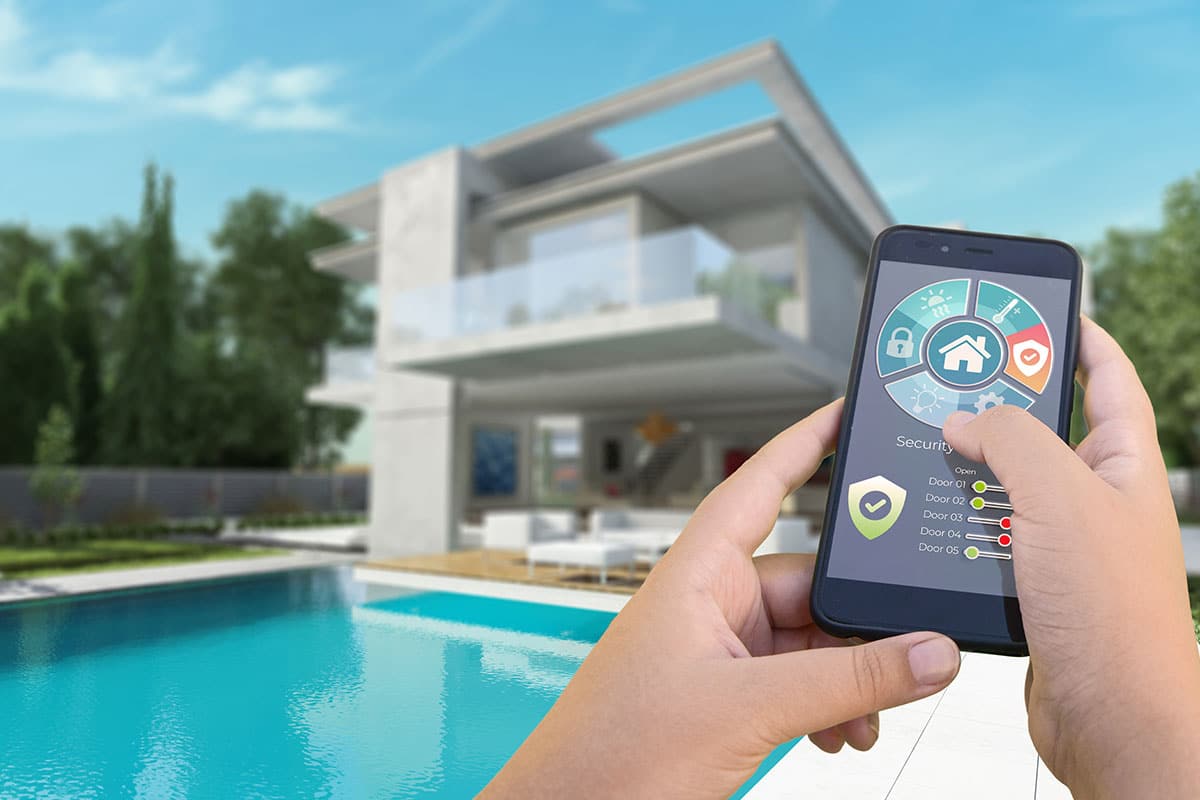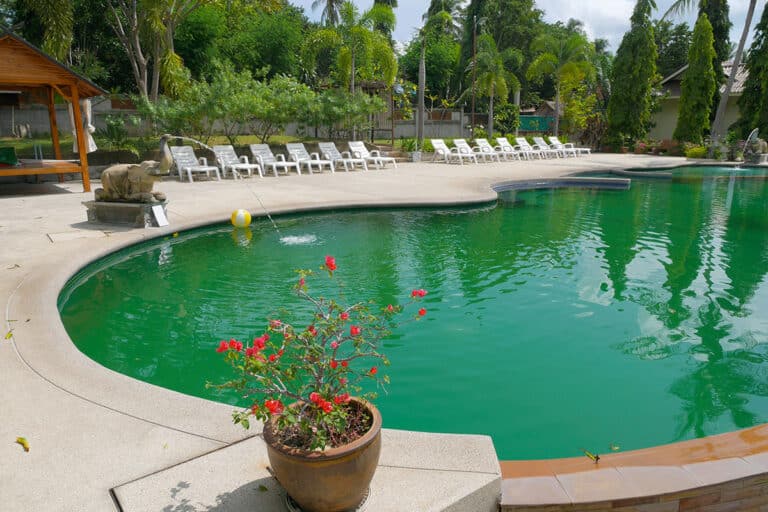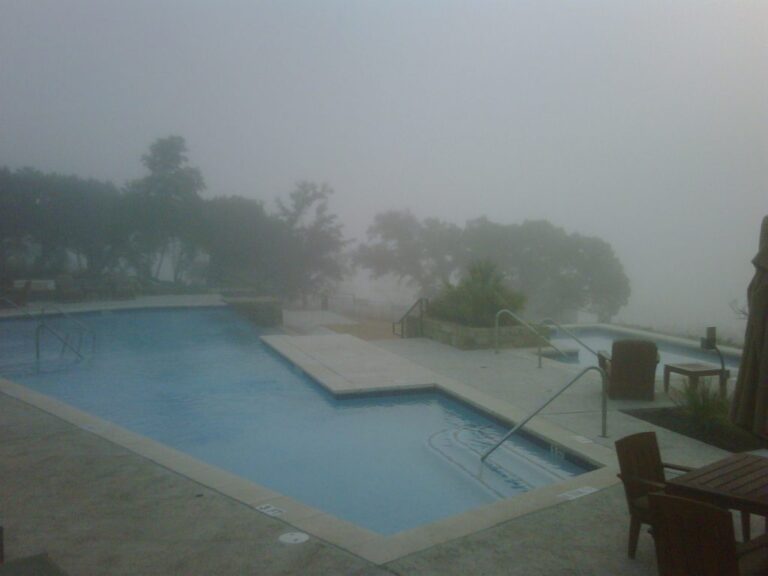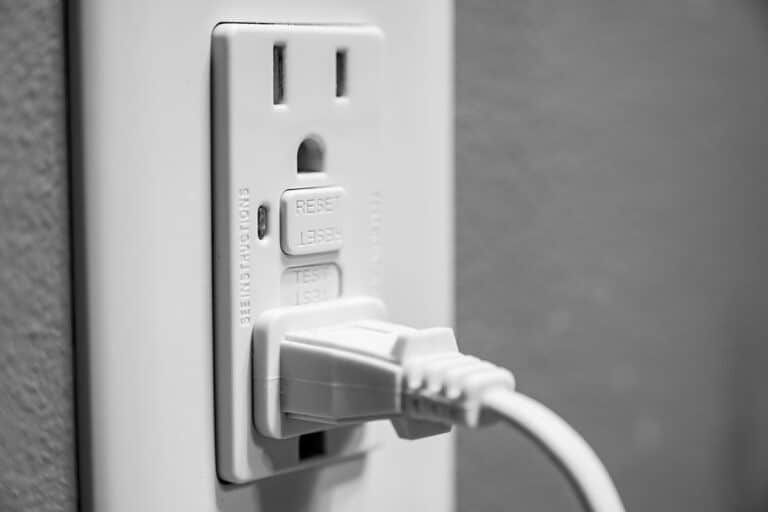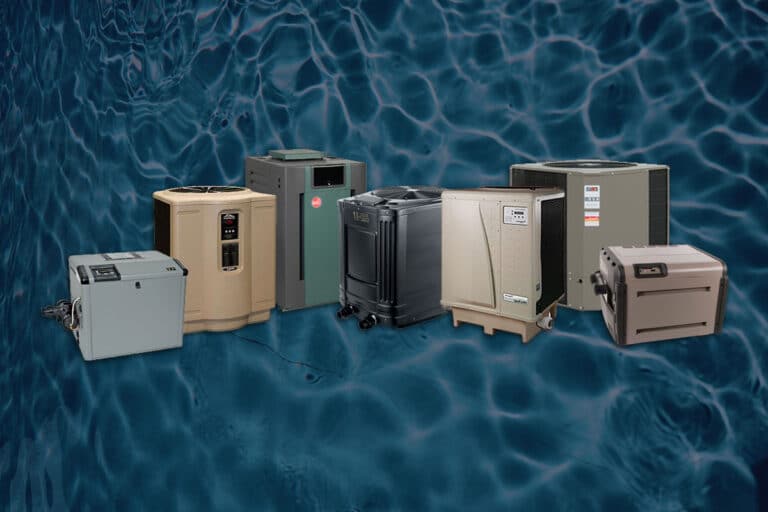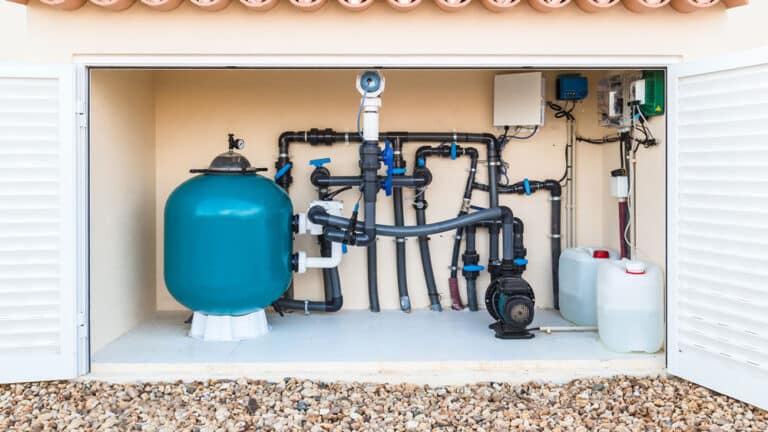Pool Automation
All pool equipment is operated by switches. A switch closes and opens a circuit. When a switch is open the flow of electricity is stopped, when it is closed it completes the circuit and allows for the flow of electricity to travel to a specified piece of equipment. You recognize open and closed as on or off.
Pool equipment controllers can be as simple as your household light switch, or one with a mechanical timer like an Intermatic mechanical timer, or it can be as complex as a computer, like a Jandy Aqualink, fully automated pool operation controller. One of the most common and simplistic controls is a time clock. Designs are typically digital or mechanical, offered in high and low voltage with freeze protection and heater delay options.
Often one time clock is used for the main filter pump and an additional will be used for any pool cleaner booster pump. Running a pool pump more than necessary will increase your energy bill and the motor will fail prematurely. Mechanical timers are set to operate on desired times daily or weekly using pegs or time trippers. Dependant on the particular timer you can set multiple run times for each pool pump.
Intermatic mechanical timers are easy to install, set times, operate and very affordable. Mechanical pool timers with a center dial typically have a “visual motor check” window to visually check and ensure the gears are working and the timer is functioning properly. Given that the timer works on mechanical gears and not micro circuits, it is very rugged and durable. If a mechanical timer does fail you can swap out the internal motor or the entire mechanism easily while still leaving the weatherproof timer box mounted.
The state of the art computer driven controllers like the Aqualink and Aqua Logic will make automating your pool equipment and backyard a blast. Floating remotes, Pool and Spa side keypads and in home wall mounted control panels will allow the pool owner to turn equipment on or off the touch of a button. Color changing LED lights can be linked into the controls to let you create a backyard lightshow for the entertainment of guests. Computer operated pool control systems can also optimize your solar paneling when used in conjunction with temperature sensors and actuator valves.
An actuator valve is the key to redirecting the water flow as needed for the requested function. Actuators are preset to change the internal valve diverter back and forth from position 1 and position 2. You will set the internal cams within an actuator valve to determine the stopping positions needed. When the motorized valve receives a signal from a timer or a direct command from you the pump will shut off, the valves will reposition, and the pumps will turn back on.
An additional option is to tie in your salt water chlorine generator system which will give you access to control chlorine levels and monitor salt cell operation.
The biggest headache pool owners have is the need to manually redirect water flow, or the need to manually turn different pool equipment on or off. An automated pool controller will eliminate all of the trips to the filter area. Just push a button on the remote, or set the timers for complete, hands off operation.
Repairs for an automated controller can be pricey, depending on component failure. The micro processors and boards are susceptible to power surges, corrosion, and even ants. Any repairs for an automated system will require an experienced pool repair technician to diagnose and repair.


